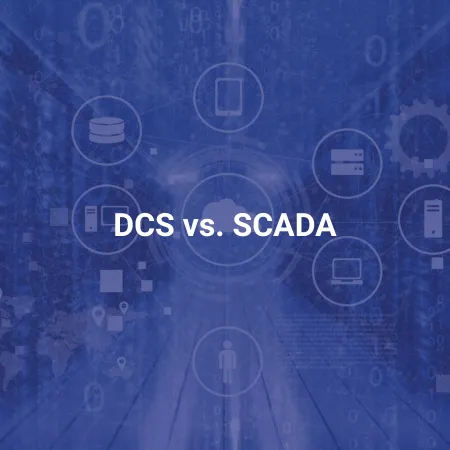Both Distributed Control Systems (DCS) and Supervisory Control and Data Acquisition (SCADA) are essential for industrial automation, but they serve different purposes and operate in distinct ways. Below is a comparative breakdown of their key differences.
| Distributed Control System (DCS) | Supervisory Control and Data Acquisition (SCADA) | |
|---|---|---|
| Orientation | Process-oriented, designed to manage and control complex industrial processes in real time. | Data-gathering oriented, primarily used for monitoring and supervisory control over large-scale operations. |
| Emphasis | Focuses on direct process control, integrating a supervisory layer for managing plant operations. | Concentrates on collecting and displaying process data for operators without directly controlling processes. |
| Location and Communication | Operates within a confined plant or facility, using a high-speed Local Area Network (LAN) for communication between control modules. | Covers vast geographical areas, relying on various communication networks, including wireless, satellite, and radio, which may be less reliable than a LAN. |
| Control Mechanism | Implements closed-loop control, where process variables are continuously monitored and adjusted automatically. | Does not use closed-loop control; instead, it focuses on data acquisition and alarm management. |
| Operation Mode | Periodically scans processes, maintaining continuous control and updating operators with real-time status. | Operates in an event-driven manner, responding to specific changes in process parameters rather than scanning continuously. |
DCS is ideal for industries requiring precise, real-time process control, such as chemical plants and power generation facilities. SCADA, on the other hand, is best suited for large-scale infrastructure management, such as water treatment plants, oil and gas pipelines, and electrical grids. Choosing between the two depends on the specific needs of the operation—whether the focus is on direct process control (DCS) or remote monitoring and supervision (SCADA).

